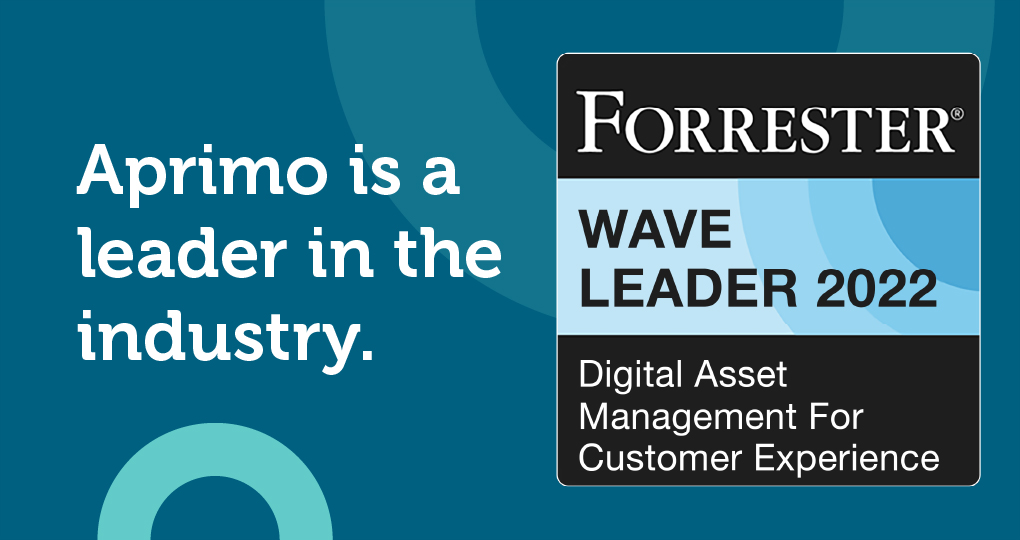Global Collaboration: Bridging Gaps With Enterprise DAM

In our ever-increasingly digital business environment, global teams offer benefits like a larger pool of talent to hire from, the ability to provide customers with 24/7 assistance, and increased creativity stemming from cultural differences. However, global collaboration also poses unique challenges, including language barriers and poor communication. Learn more about these challenges and how using enterprise digital asset management can help global businesses face them.

Understanding Global Collaboration Challenges
When collaborating globally, organizations face challenges like:
-
With a geographically dispersed team, the risk of miscommunication increases alongside the distance.
-
Potential language barriers can hamper successful understanding and communication.
-
Cultural differences can enhance creativity in some contexts but may lead to misunderstandings in others.
-
There can be a lack of standardized, centrally managed processes.
-
Teams who feel as if they don’t know one another can lead to a lack of trust.
-
It can be challenging for team members to properly prioritize and balance needs from their local sites with those of colleagues from other sites.
Introduction to Enterprise DAM (Digital Asset Management)
Enterprise digital asset management, or DAM, refers to the process of managing all digital assets at a large scale for enterprise-level businesses. In the context of global collaboration, this means the procedures for every team and location to create, collect, organize, access, use, and distribute any photo, video, document, data set, or other digital asset.
Essentially, enterprise DAM centralizes and organizes digital assets, manages each asset’s metadata, and uses integrations to pass that information to other platforms and tools. For global teams, DAM software standardizes the places and processes for creating, updating, and using digital assets worldwide.


The Power of Centralized Data With DAM
Storing and updating all digital assets in one place allows for seamless consistency across the information and content used in different geographic locations by global teams. Enterprise DAM bridges geographic gaps by providing a centralized repository for digital assets, where standardized procedures for handling assets can be enacted for enhanced content creation and distribution processes.
Without easy access to up-to-date and organized assets, a team member working across the world from a colleague may have to wait an entire day to pinpoint the whereabouts or status of an asset. Otherwise, they may waste significant time searching for that asset or accidentally working on a previous version.
With enterprise DAM software, issues like these can be avoided thanks to well-organized, updated, and secured data and assets. Metadata and tags, or additional information associated with each asset, can also make assets easily searchable and findable for personnel in every location.
Additionally, team members can see the last time an asset was updated, read comments from colleagues, and more ? helping to keep them abreast of any changes that occurred or decisions made while they were away.
Features and Capabilities of an Ideal Enterprise DAM System
Critical features necessary for a digital asset management system to facilitate global collaboration include:
-
Automated metadata: A DAM platform can use artificial intelligence (AI) technology to automatically recognize and smart tag similar assets, enhancing their findability within the system
-
Intuitive version control: Easy-to-follow processes for updating existing assets help avoid miscommunications that could negatively impact workflows between global team members on the same asset, like the previous example of accidentally working on an older version.
-
Robust access controls: Securing sensitive data so only team members who need to access it can. This is especially important in global teams since the company has less control over each employee’s physical environment and its associated security measures.
-
Far-reaching integration capabilities: One of the major efficiencies provided by enterprise DAM software is its ability to update information and assets changed within the DAM on other platforms, like a company’s website or internal communication platform. Integrations allow for the seamless use of digital assets in a company’s existing tools, enabling consistency across channels and geographies.


Implementing Enterprise DAM: Best Practices
Organizations looking to implement or optimize their enterprise DAM for global collaboration should follow the steps below for a smoother implementation.
-
Choose an enterprise DAM system that fits your organization’s global needs.
-
Integrate the DAM with existing tools; import and organize relevant assets.
-
Set access controls to safeguard sensitive data.
-
Appoint representatives from each location to play a role in the decision-making process for procedures to use when handling digital assets moving forward.
-
Set rules and procedures for personnel to use within the new system.
-
Train all users extensively on how to use the technology and follow the rules.
-
Appoint personnel in each geographic location or department to be responsible for the proper implementation and use of assets within their team.
-
Manage and audit the system’s effectiveness on an ongoing basis.
Overcoming Common Challenges in Implementing Enterprise DAM for Global Collaboration
Potential hurdles companies must overcome when implementing DAM for global collaboration purposes include:
-
Resistance to change: Not every team member in every location may want to change how they handle assets. Achieve increased buy-in by considering feedback from every team and by having a representative from each department or geography participate in the rollout.
-
Data security concerns: While global collaboration represents enhanced flexibility, it also brings added security risks to teams. Companies can secure sensitive data within a DAM through the use of access controls, which limits access to those who actually need to view or use specific data.
-
Scalability issues: When implementing a global DAM system, companies need to consider their plans for growing their business in the future. While DAM systems are generally scalable, early consideration of the ability to easily implement rules, procedures, and training for the system across locations and teams can save headaches down the road.





